Home>Renovation & DIY>Home Renovation Guides>How Long To Dehumidify Crawl Space
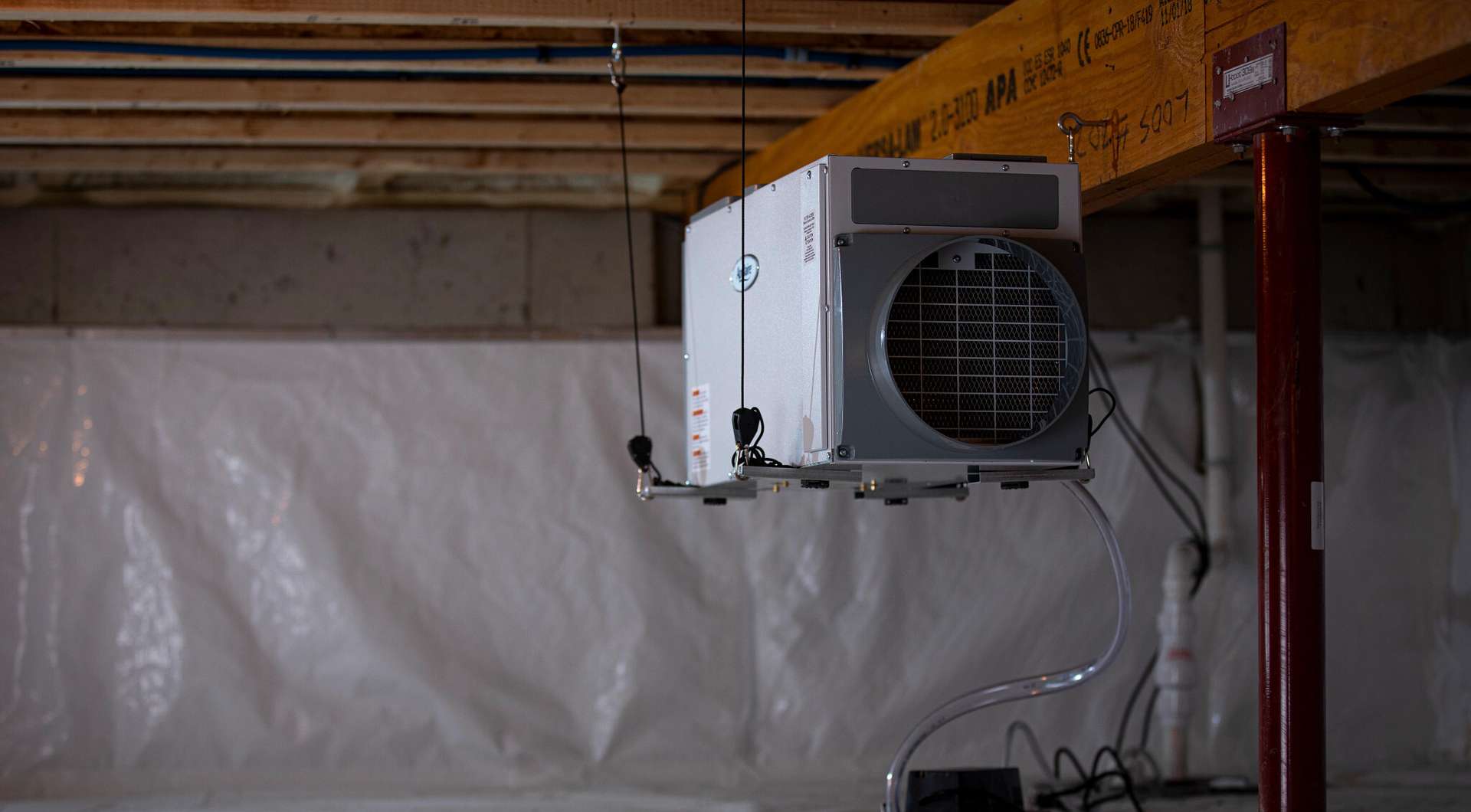

Home Renovation Guides
How Long To Dehumidify Crawl Space
Modified: February 17, 2024
Learn how long it takes to dehumidify a crawl space with our comprehensive home renovation guide. Get expert tips and advice for a dry and healthy home.
(Many of the links in this article redirect to a specific reviewed product. Your purchase of these products through affiliate links helps to generate commission for Storables.com, at no extra cost. Learn more)
Introduction
Dealing with excess moisture in a crawl space is a common concern for homeowners, as it can lead to a host of problems such as mold growth, wood rot, and musty odors. The process of dehumidifying a crawl space is crucial in preventing these issues and maintaining a healthy indoor environment. However, the time it takes to effectively dehumidify a crawl space can vary based on several factors, including the size of the space, the severity of the moisture problem, and the chosen dehumidification method.
Understanding the nuances of dehumidifying a crawl space is essential for homeowners looking to address moisture-related issues effectively. In this comprehensive guide, we will delve into the various factors that influence the dehumidification process, explore different methods for reducing moisture levels in a crawl space, and provide recommendations for achieving optimal dehumidification results. By gaining insights into these aspects, homeowners can make informed decisions and take proactive steps to create a healthier and more comfortable living environment.
Key Takeaways:
- Dehumidifying a crawl space takes time, influenced by factors like size, severity of moisture, and chosen method. It’s a crucial step for a healthier home environment.
- Methods like dehumidifier installation, encapsulation, and natural ventilation help reduce moisture levels in a crawl space. Monitoring and professional consultation are key for effective dehumidification.
Factors Affecting Dehumidification Time
The duration required to dehumidify a crawl space is influenced by various factors, each playing a significant role in determining the overall time frame for achieving optimal moisture levels. Understanding these factors is crucial for homeowners seeking to effectively address moisture-related issues in their crawl spaces.
-
Size of the Crawl Space: The size of the crawl space directly impacts the dehumidification time. Larger crawl spaces typically require a longer duration to dehumidify compared to smaller ones. This is due to the greater volume of air and surfaces that need to be treated for moisture removal.
-
Severity of Moisture Problem: The extent of the moisture issue in the crawl space is a key determinant of dehumidification time. Crawl spaces with severe moisture problems, such as standing water or extensive mold growth, will require a longer period to effectively reduce moisture levels compared to spaces with minor humidity issues.
-
Ventilation and Air Circulation: The ventilation and air circulation within the crawl space significantly impact the dehumidification process. Proper airflow facilitates the distribution of dehumidified air, expediting the overall drying time. Conversely, poor ventilation can prolong the dehumidification process, as stagnant air impedes moisture removal.
-
Humidity Levels: The initial humidity levels in the crawl space play a crucial role in determining the dehumidification time. Higher humidity levels require a longer duration for effective moisture removal, as the dehumidification system must work harder to achieve the desired humidity level.
-
Insulation and Vapor Barrier: The presence of insulation and a vapor barrier in the crawl space can influence dehumidification time. Proper insulation and a well-installed vapor barrier can help maintain consistent temperature and humidity levels, potentially reducing the overall time required for dehumidification.
-
External Environmental Factors: External environmental conditions, such as seasonal humidity levels and temperature fluctuations, can impact the dehumidification process. Crawl spaces may take longer to dehumidify during periods of high humidity or extreme weather conditions.
By considering these factors, homeowners can gain valuable insights into the complexities of the dehumidification process, enabling them to make informed decisions regarding the most effective approach to addressing moisture issues in their crawl spaces.
Methods of Dehumidifying Crawl Space
Dehumidifying a crawl space is a critical step in mitigating moisture-related issues and maintaining a healthy indoor environment. Several methods can be employed to effectively reduce humidity levels in a crawl space, each offering unique advantages based on the specific needs and characteristics of the space. Understanding these methods is essential for homeowners seeking to address moisture problems in their crawl spaces comprehensively.
1. Dehumidifier Installation
Installing a dedicated dehumidifier in the crawl space is a popular and effective method for reducing moisture levels. These units are designed to extract excess moisture from the air, helping to create a drier environment. When choosing a dehumidifier, it is important to select a model specifically engineered for use in crawl spaces, as these units are equipped to operate effectively in the confined and often damp conditions typical of crawl spaces.
2. Encapsulation
Crawl space encapsulation involves sealing the space with a moisture barrier, such as a heavy-duty plastic sheet, to prevent moisture from entering. This method not only helps to reduce humidity levels but also provides additional benefits, such as improved air quality and energy efficiency. By creating a sealed environment, encapsulation helps to control moisture and minimize the risk of mold growth and structural damage.
3. Natural Ventilation
In some cases, natural ventilation can be utilized to reduce moisture levels in a crawl space. This method involves strategically placing vents and openings to promote airflow, allowing fresh air to circulate and carry moisture out of the space. While natural ventilation can be effective in certain scenarios, it is important to consider external environmental factors and the potential for increased humidity levels during certain seasons.
4. Heat and Air Circulation
Utilizing heat sources and fans to promote air circulation can aid in reducing moisture levels in a crawl space. By increasing the temperature and facilitating airflow, this method helps to accelerate the evaporation of excess moisture, contributing to the overall dehumidification process. However, it is essential to ensure that this method is implemented safely and does not lead to energy inefficiency or other adverse effects.
5. Drainage and Waterproofing
Addressing external factors, such as improper drainage and water intrusion, is crucial in preventing moisture buildup in a crawl space. Implementing proper drainage systems and waterproofing measures can help mitigate the risk of excess moisture seeping into the space, ultimately contributing to a drier and healthier environment.
By considering these methods, homeowners can make informed decisions regarding the most suitable approach to dehumidifying their crawl spaces. It is important to assess the specific characteristics and moisture issues of the crawl space to determine the most effective method or combination of methods for achieving optimal dehumidification results.
Recommended Dehumidification Time
The recommended dehumidification time for a crawl space can vary based on the specific circumstances and factors influencing the moisture levels. While there is no one-size-fits-all timeframe for dehumidifying a crawl space, it is essential to consider the following guidelines to achieve optimal results.
-
Assessment of Moisture Levels: Before determining the dehumidification time, it is crucial to assess the current moisture levels in the crawl space. This can be done using a hygrometer to measure the relative humidity. Understanding the initial humidity levels provides a baseline for evaluating the progress of the dehumidification process.
-
Size and Severity of the Moisture Problem: The size of the crawl space and the severity of the moisture issue are key factors in determining the recommended dehumidification time. Larger crawl spaces or those with extensive moisture problems may require a longer duration for effective moisture removal. Conversely, smaller spaces with minor humidity issues may achieve optimal dehumidification in a shorter timeframe.
-
Dehumidification Method: The chosen dehumidification method influences the recommended time for achieving desired moisture levels. For instance, utilizing a high-capacity dehumidifier specifically designed for crawl spaces may expedite the dehumidification process, while natural ventilation or heat-based methods may require longer durations to achieve comparable results.
-
Monitoring and Adjustment: Throughout the dehumidification process, it is essential to monitor the progress regularly. This involves checking the humidity levels, assessing the effectiveness of the chosen dehumidification method, and making any necessary adjustments to optimize the drying process. By actively monitoring the moisture levels, homeowners can gauge the effectiveness of the dehumidification efforts and make informed decisions regarding the duration of the process.
-
Professional Consultation: In cases of severe moisture problems or uncertainty regarding the dehumidification process, seeking professional consultation is advisable. Experienced professionals can assess the specific conditions of the crawl space, recommend the most suitable dehumidification approach, and provide insights into the expected timeframe for achieving optimal moisture reduction.
Considering these factors, the recommended dehumidification time for a crawl space typically ranges from several days to a few weeks. However, it is important to emphasize that the primary focus should be on achieving the desired humidity levels rather than adhering strictly to a predetermined timeframe. By prioritizing thorough moisture reduction and maintaining consistent humidity levels, homeowners can create a healthier and more resilient crawl space environment.
In summary, the recommended dehumidification time is contingent upon the unique characteristics of the crawl space, the severity of the moisture issue, the chosen dehumidification method, and the proactive monitoring of moisture levels. By approaching the dehumidification process with attentiveness and a focus on long-term moisture management, homeowners can effectively mitigate moisture-related problems and promote a healthier living environment.
Read more: How To Inspect A Crawl Space
Conclusion
In conclusion, addressing excess moisture in a crawl space is a crucial aspect of maintaining a healthy and resilient home environment. The dehumidification process plays a pivotal role in mitigating moisture-related issues, preventing mold growth, and preserving the structural integrity of the property. By understanding the factors influencing dehumidification time, exploring various dehumidification methods, and considering the recommended timeframe for achieving optimal results, homeowners can take proactive steps to create a drier, healthier, and more comfortable living space.
It is essential for homeowners to recognize the significance of factors such as the size of the crawl space, severity of the moisture problem, ventilation, and humidity levels in determining the dehumidification time. By acknowledging these factors, homeowners can make informed decisions regarding the most effective approach to addressing moisture issues in their crawl spaces.
Furthermore, the exploration of different dehumidification methods, including dehumidifier installation, encapsulation, natural ventilation, heat and air circulation, and drainage and waterproofing, provides homeowners with a comprehensive toolkit for managing moisture levels. Each method offers unique benefits and considerations, allowing homeowners to tailor their approach based on the specific characteristics and moisture issues of their crawl spaces.
When considering the recommended dehumidification time, it is important to emphasize the need for thorough assessment, monitoring, and potential professional consultation. By actively monitoring the progress of the dehumidification process and making necessary adjustments, homeowners can ensure that the desired humidity levels are achieved effectively.
Ultimately, the goal of dehumidifying a crawl space extends beyond a predetermined timeframe; it encompasses the creation of a sustainable and moisture-resistant environment. By prioritizing long-term moisture management and consistent humidity control, homeowners can safeguard their properties against the detrimental effects of excess moisture, promoting a healthier and more resilient living space for years to come.
In embracing the insights and recommendations presented in this guide, homeowners can embark on a proactive journey toward effective moisture management, fostering a living environment that is not only drier and more comfortable but also resilient against the potential hazards of excessive humidity.
Frequently Asked Questions about How Long To Dehumidify Crawl Space
Was this page helpful?
At Storables.com, we guarantee accurate and reliable information. Our content, validated by Expert Board Contributors, is crafted following stringent Editorial Policies. We're committed to providing you with well-researched, expert-backed insights for all your informational needs.
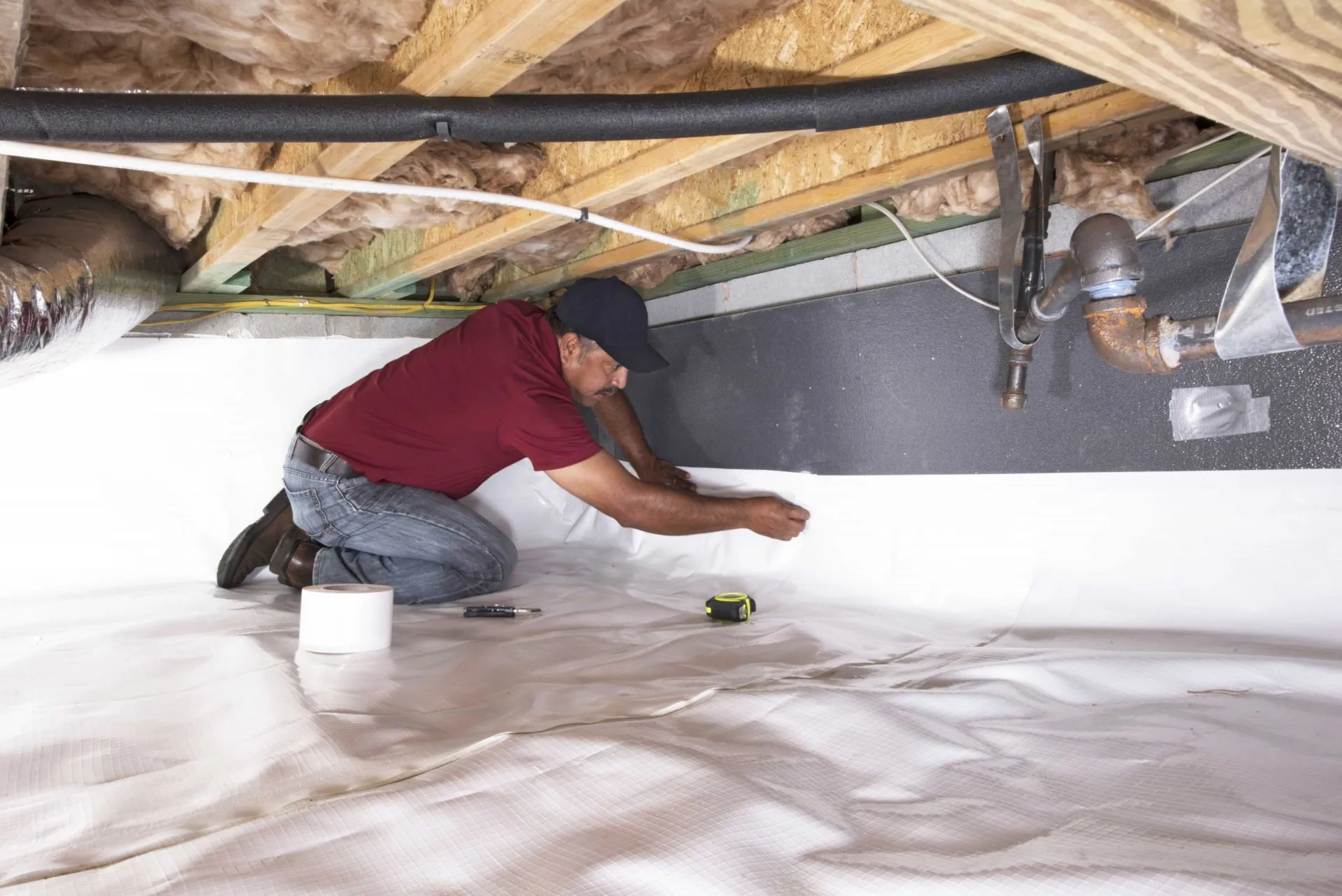
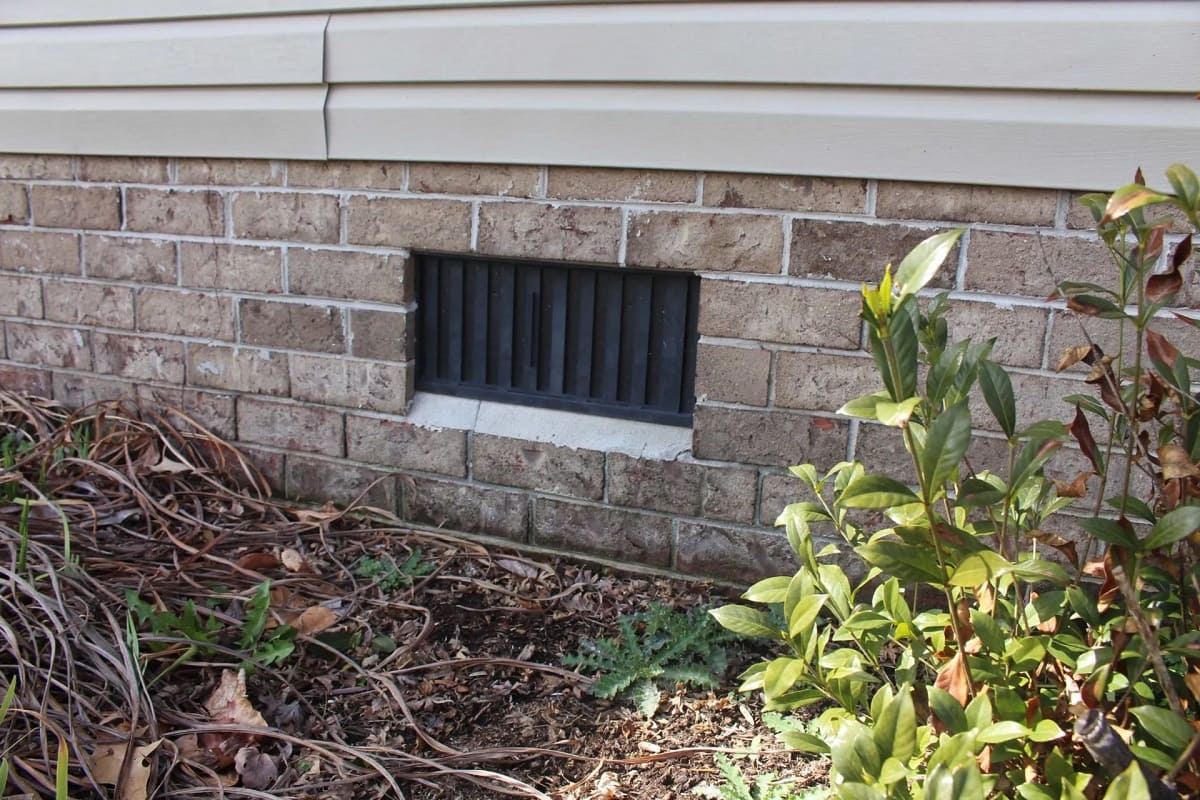
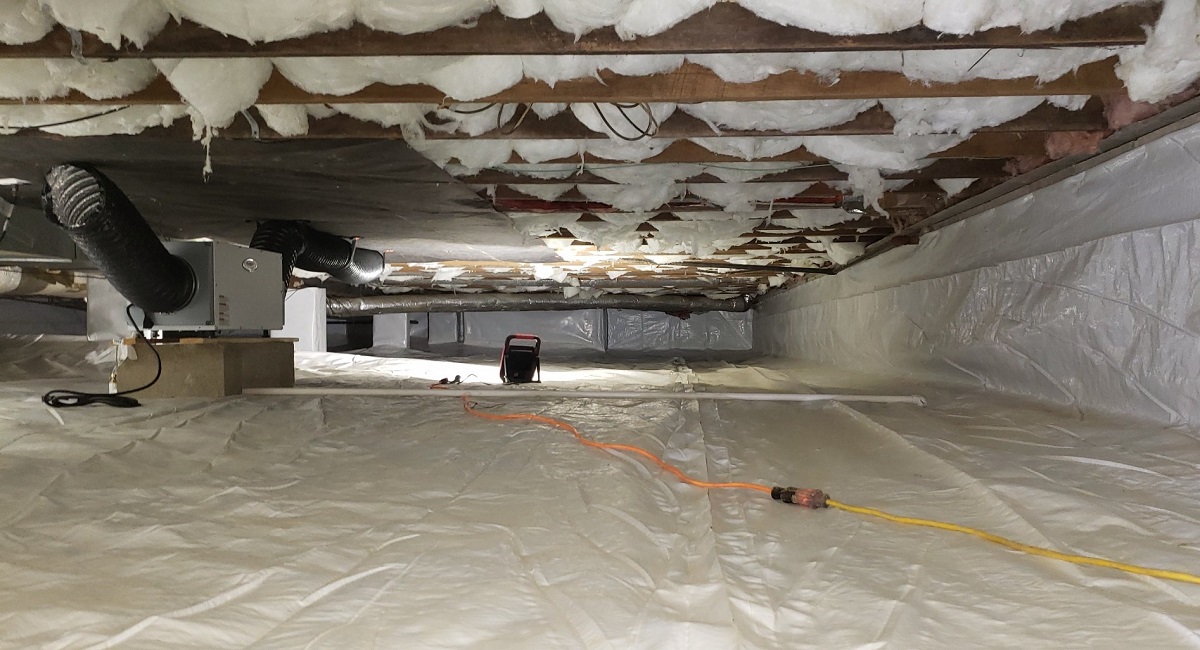
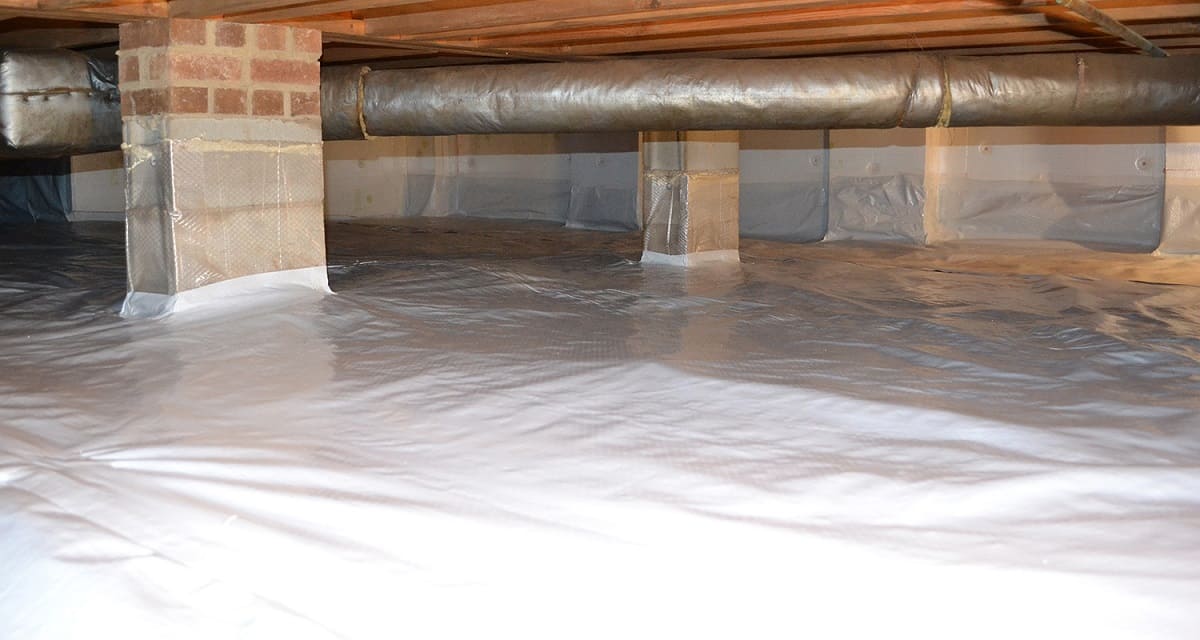
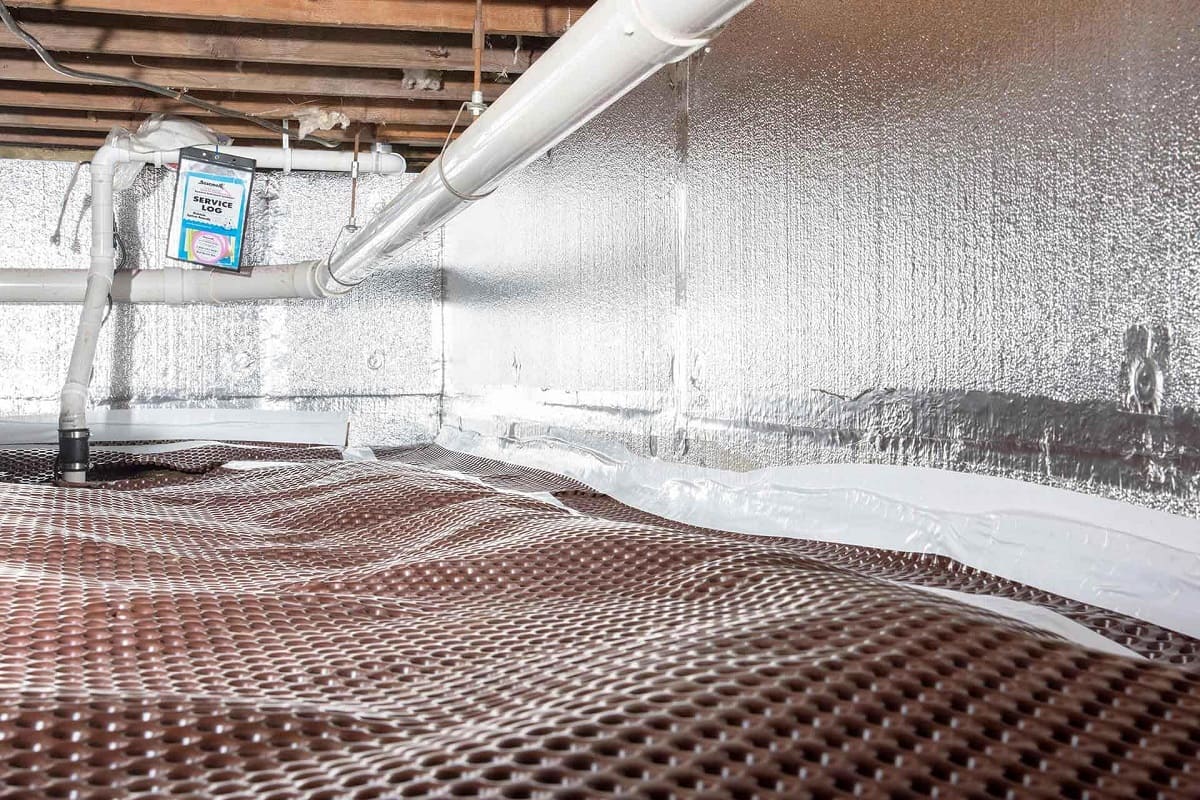
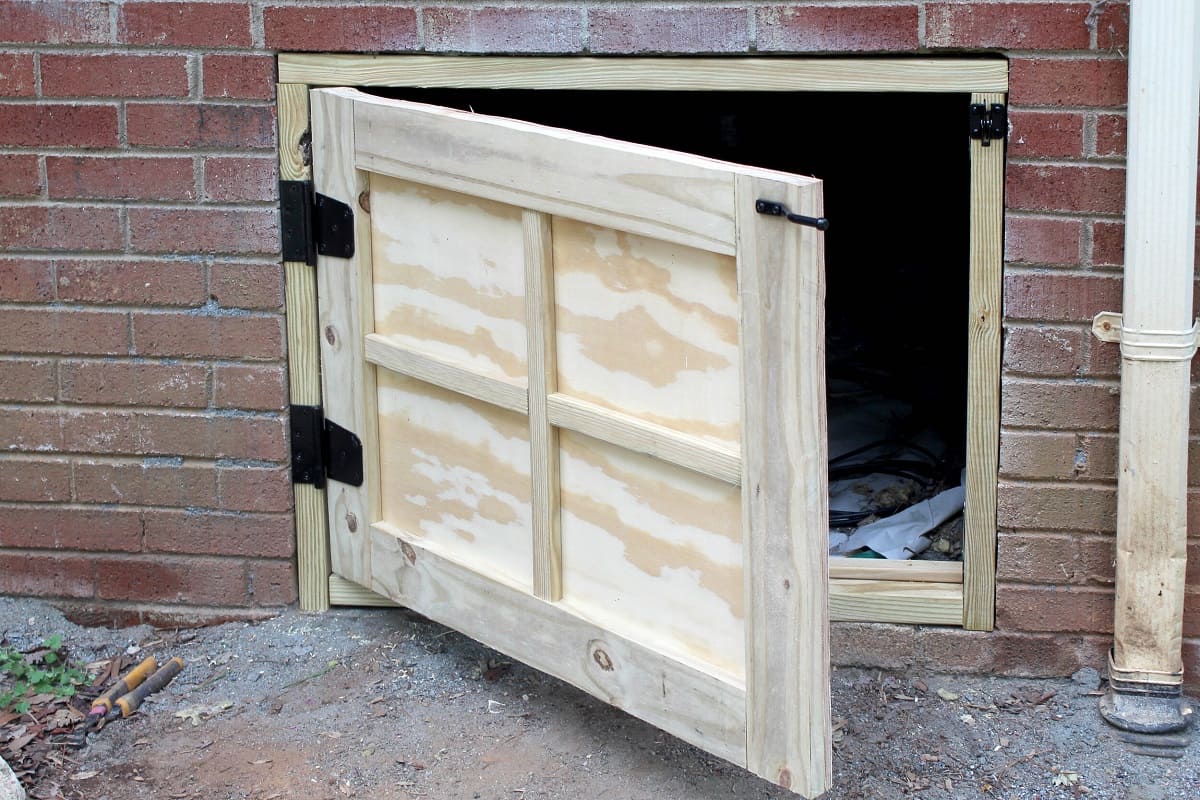
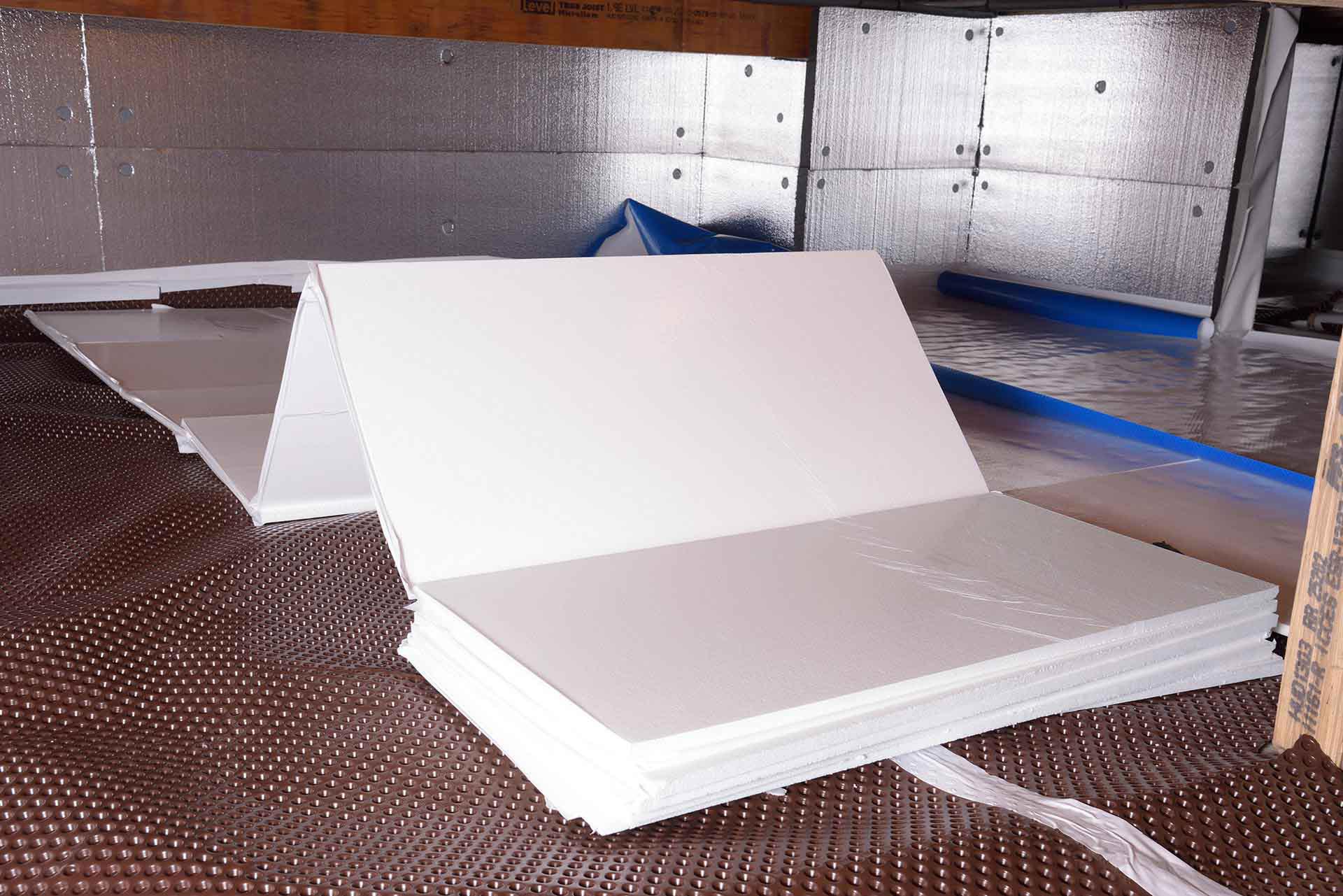
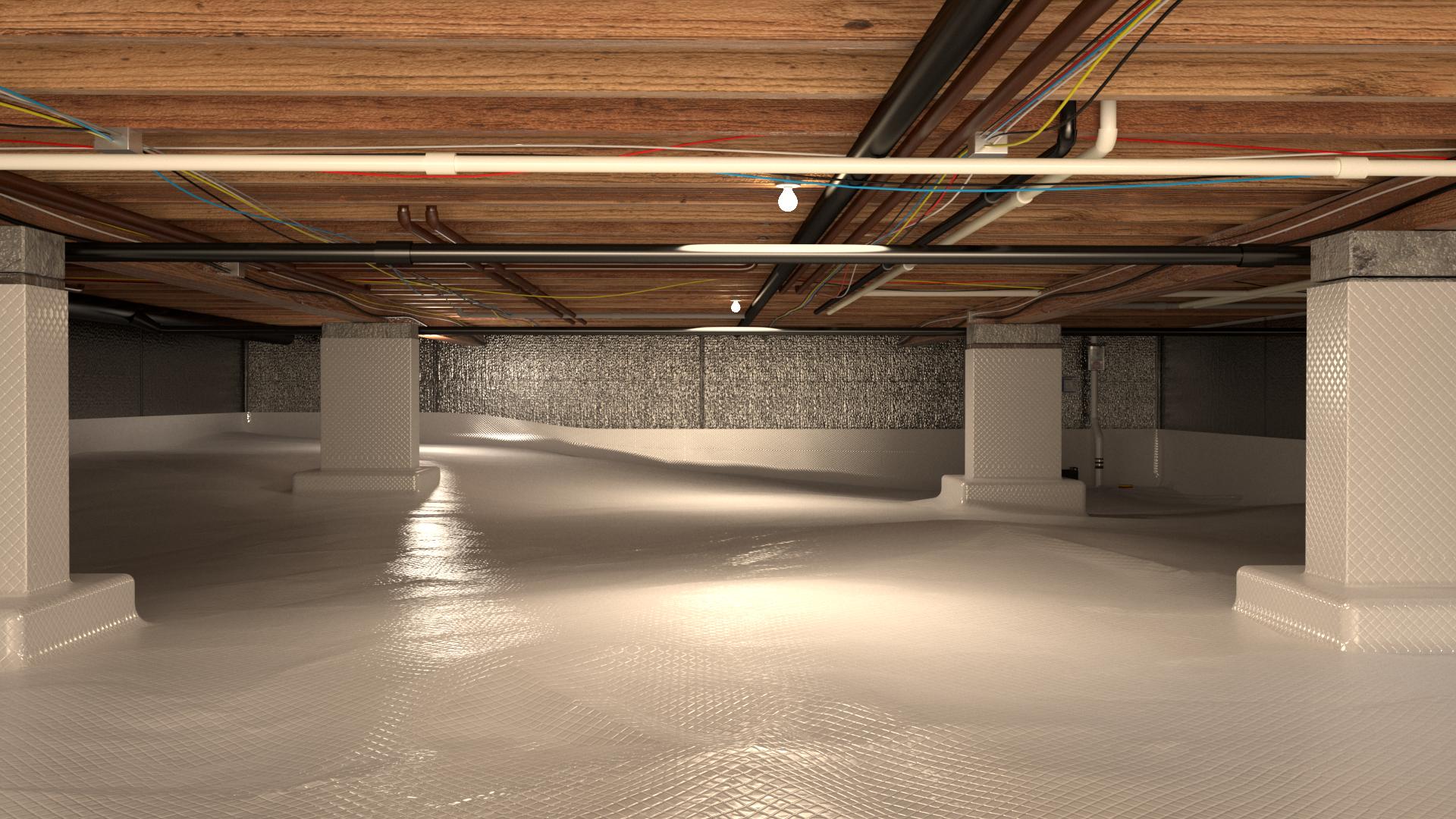
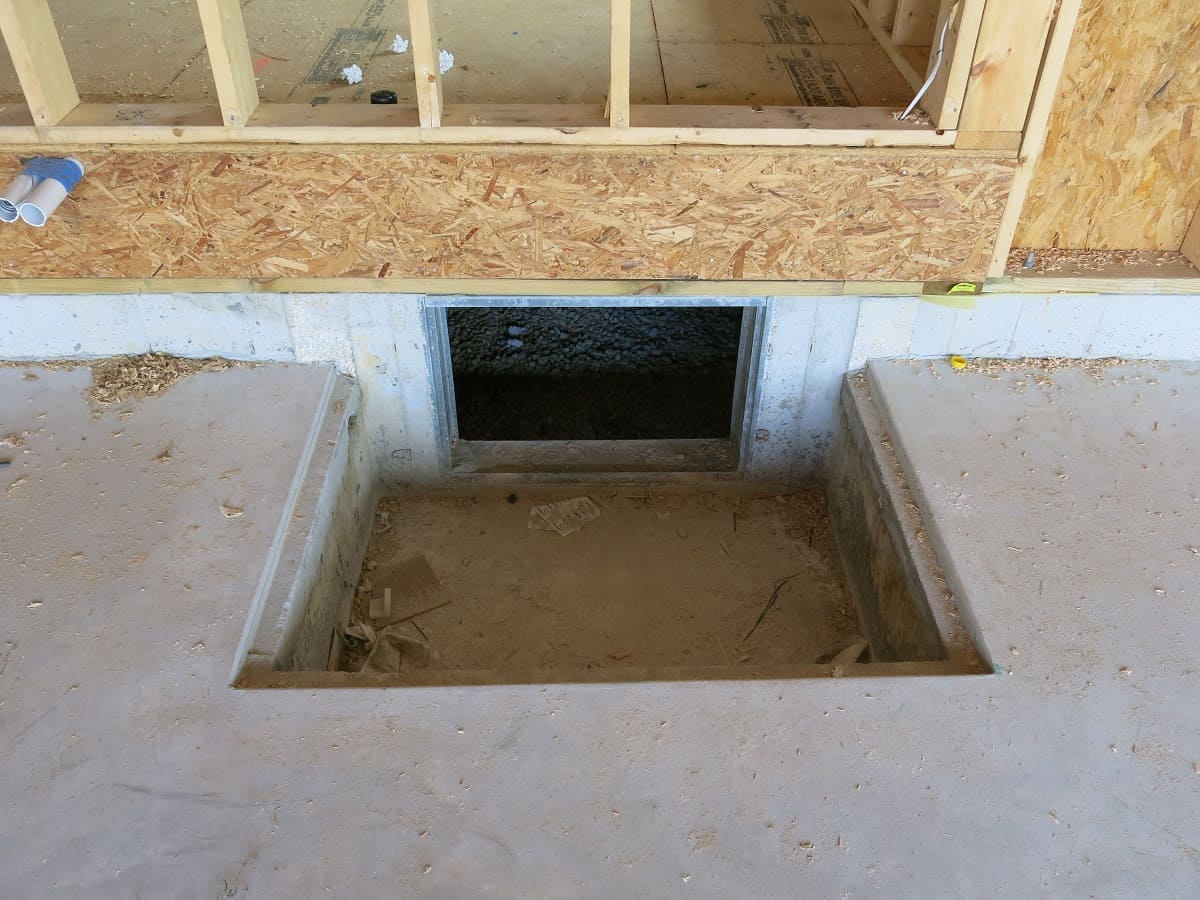
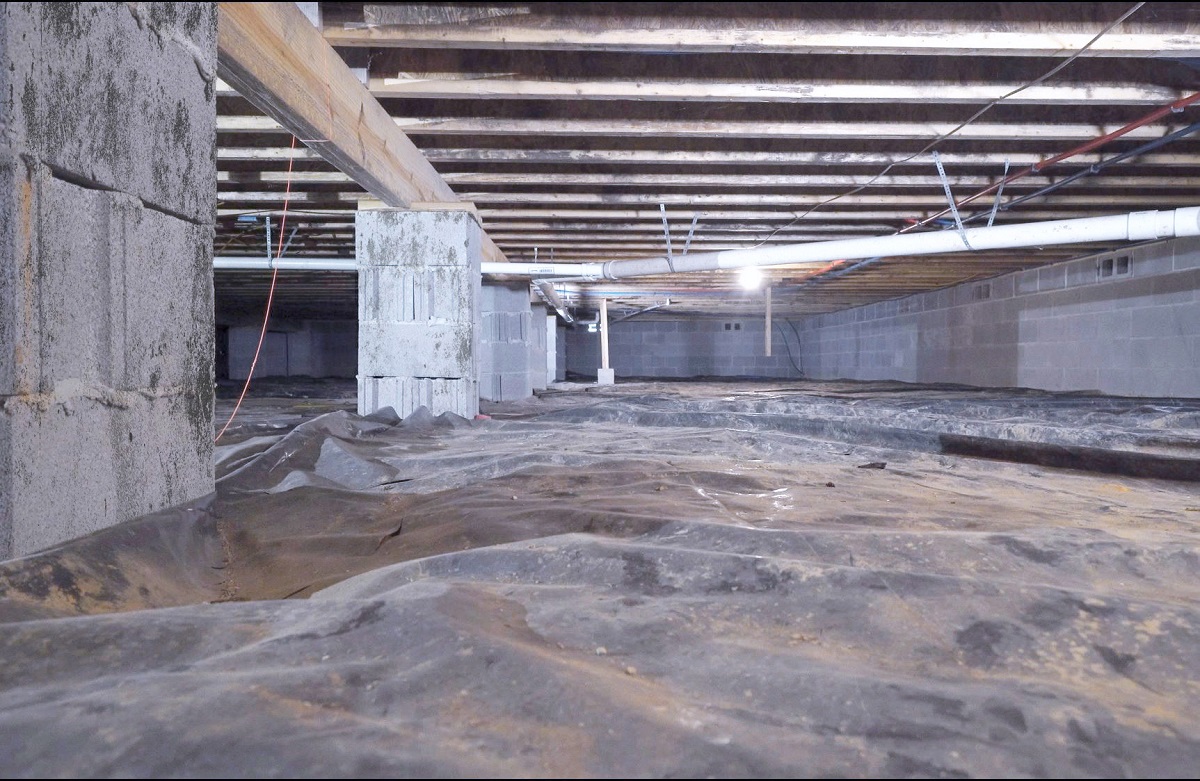
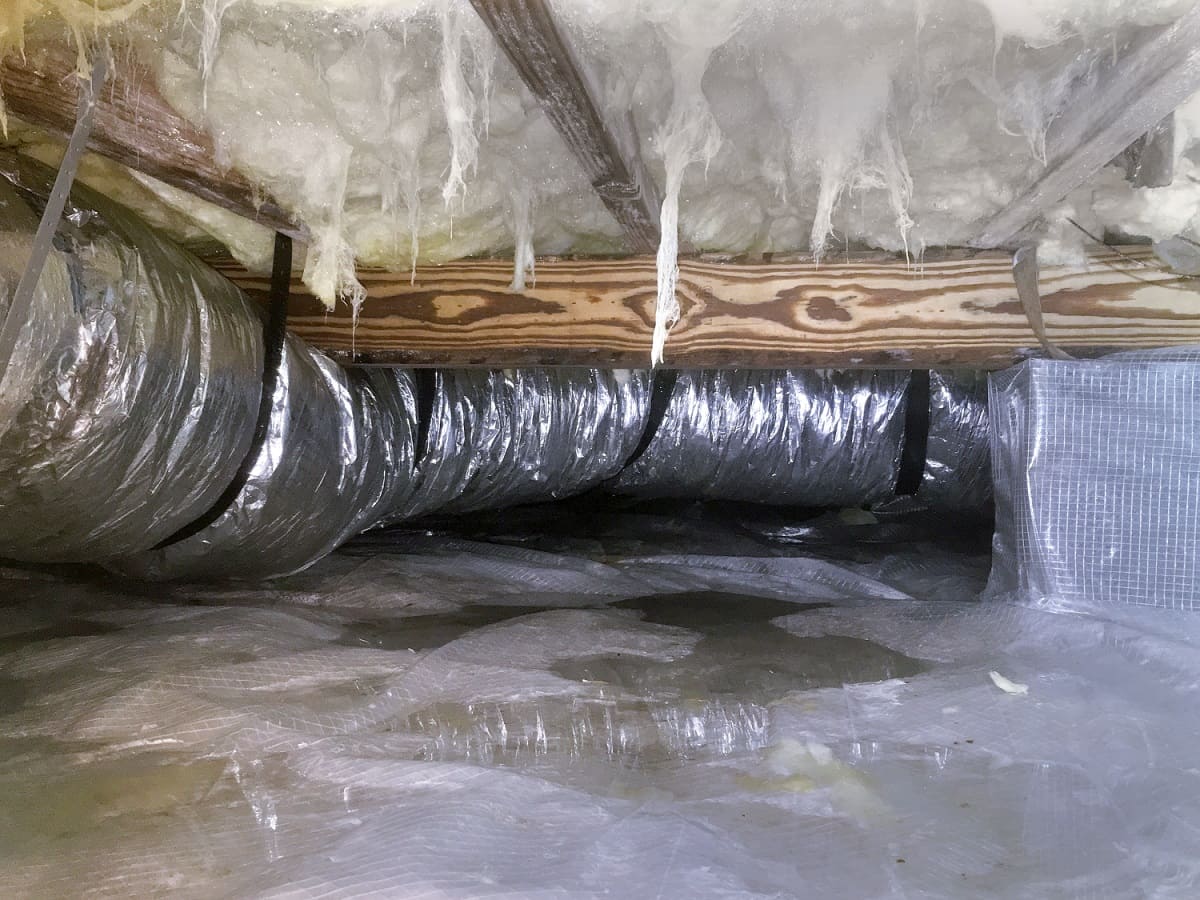
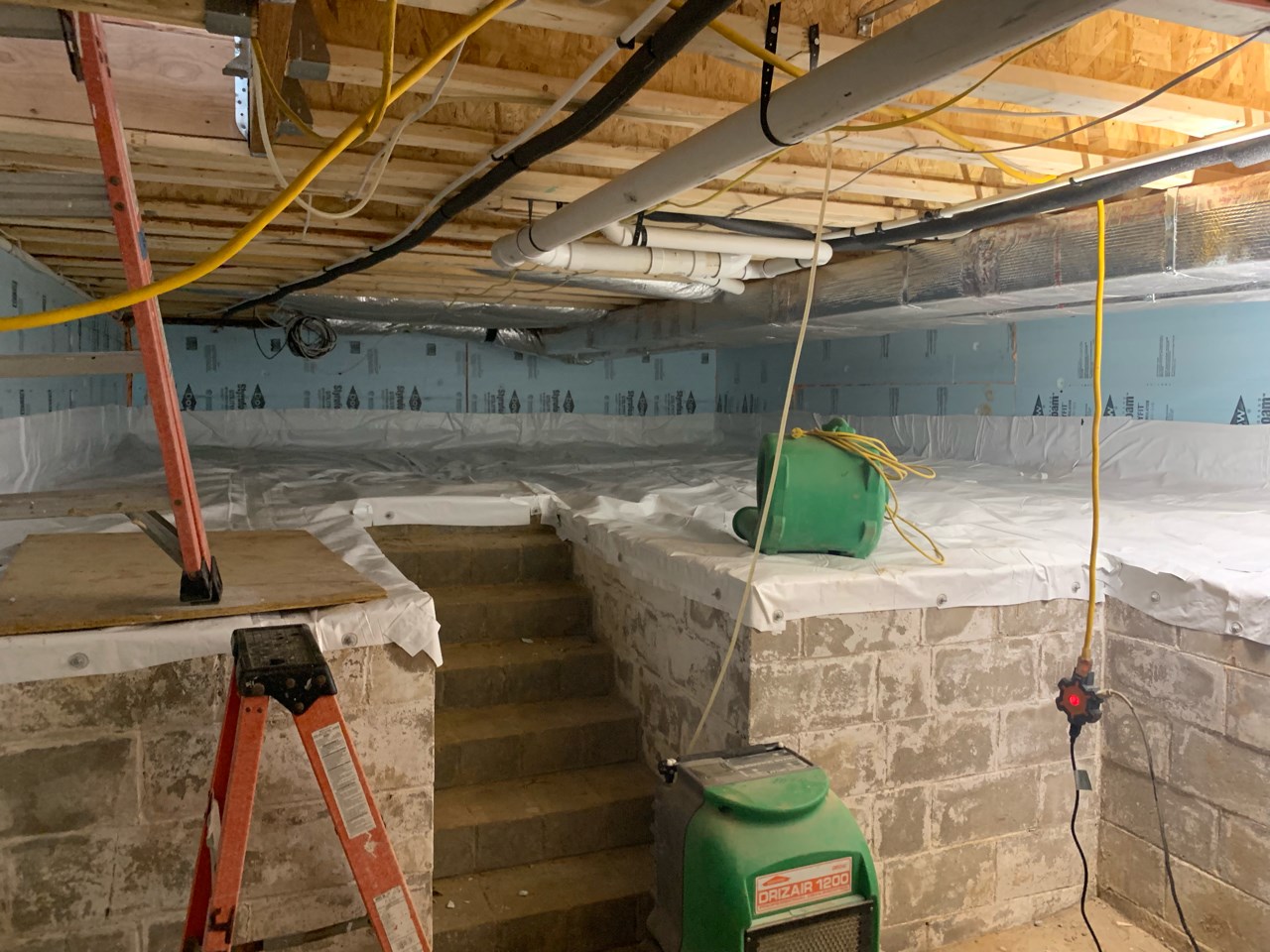
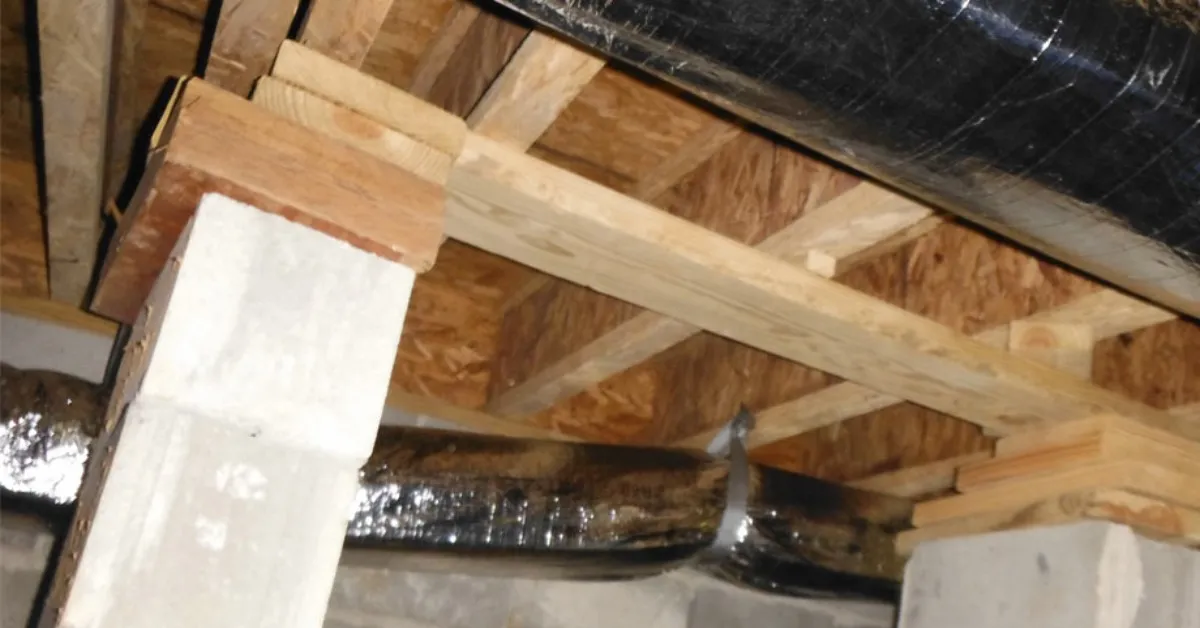

0 thoughts on “How Long To Dehumidify Crawl Space”